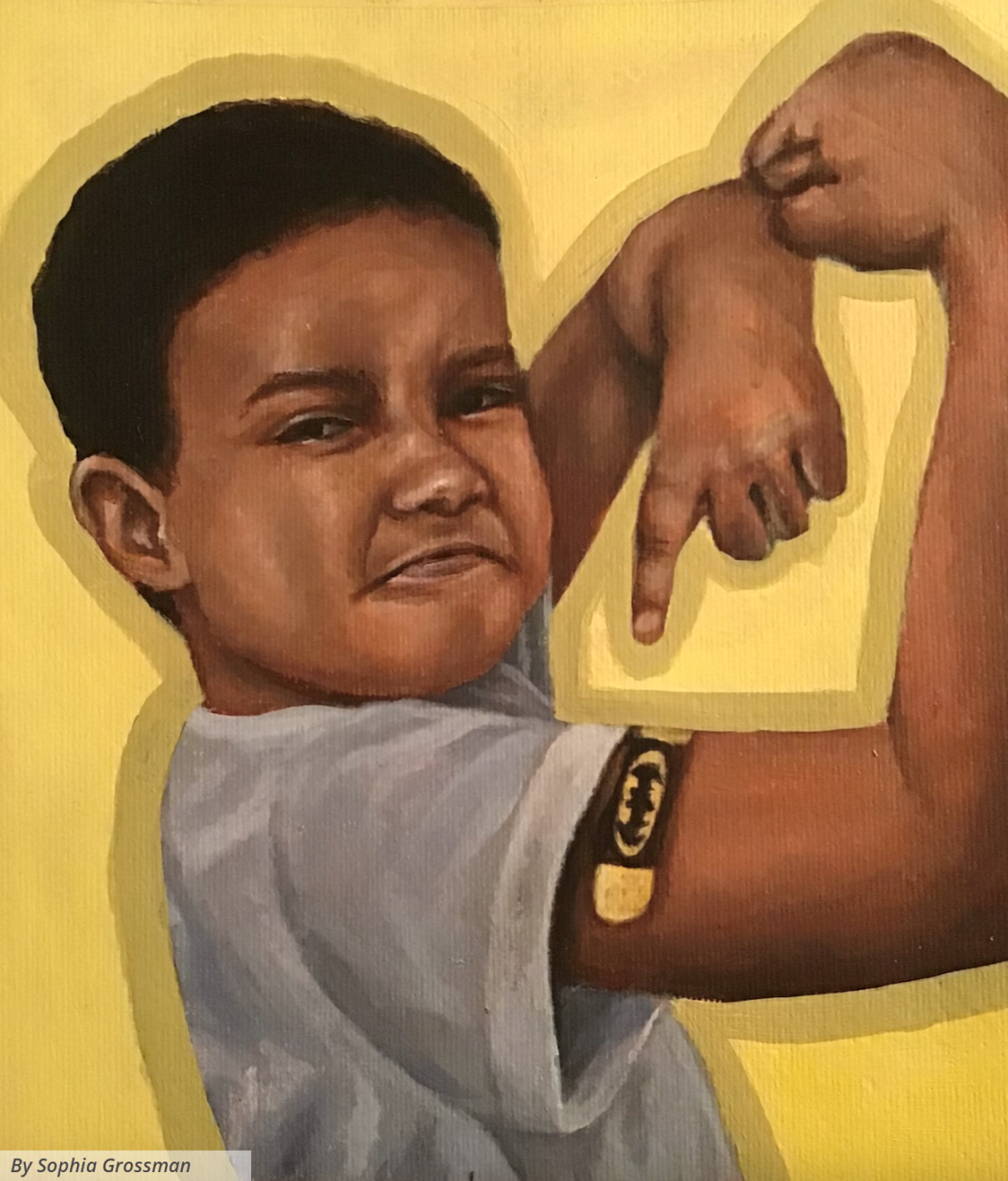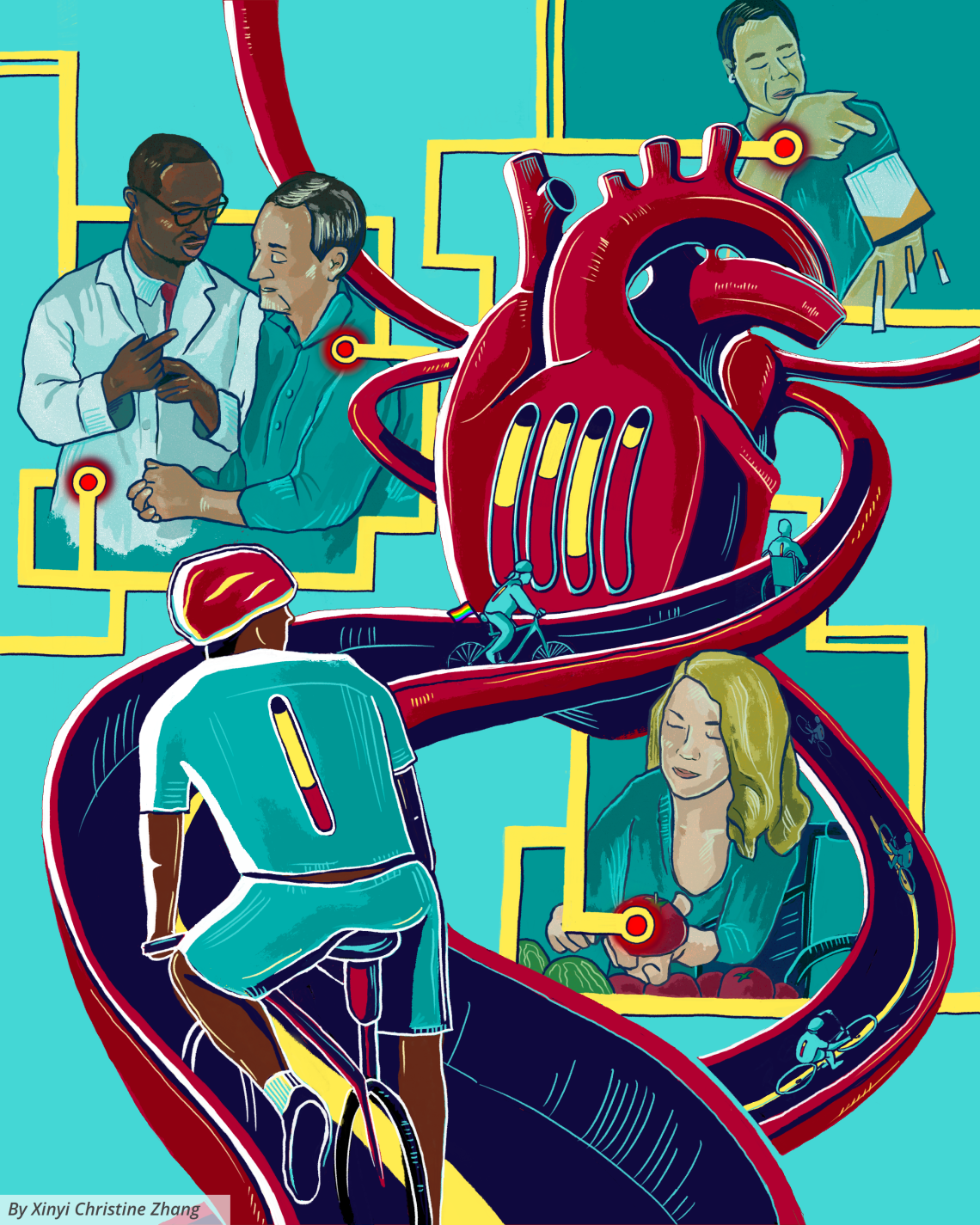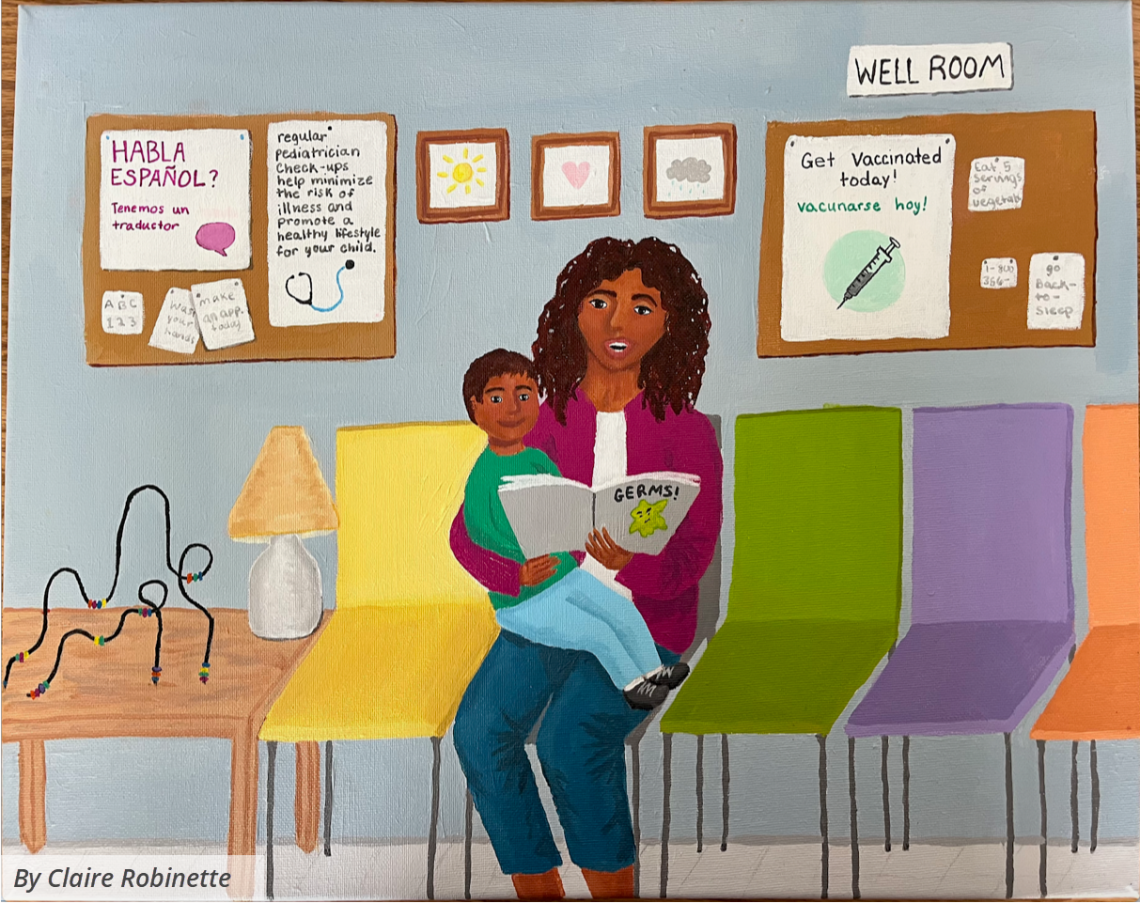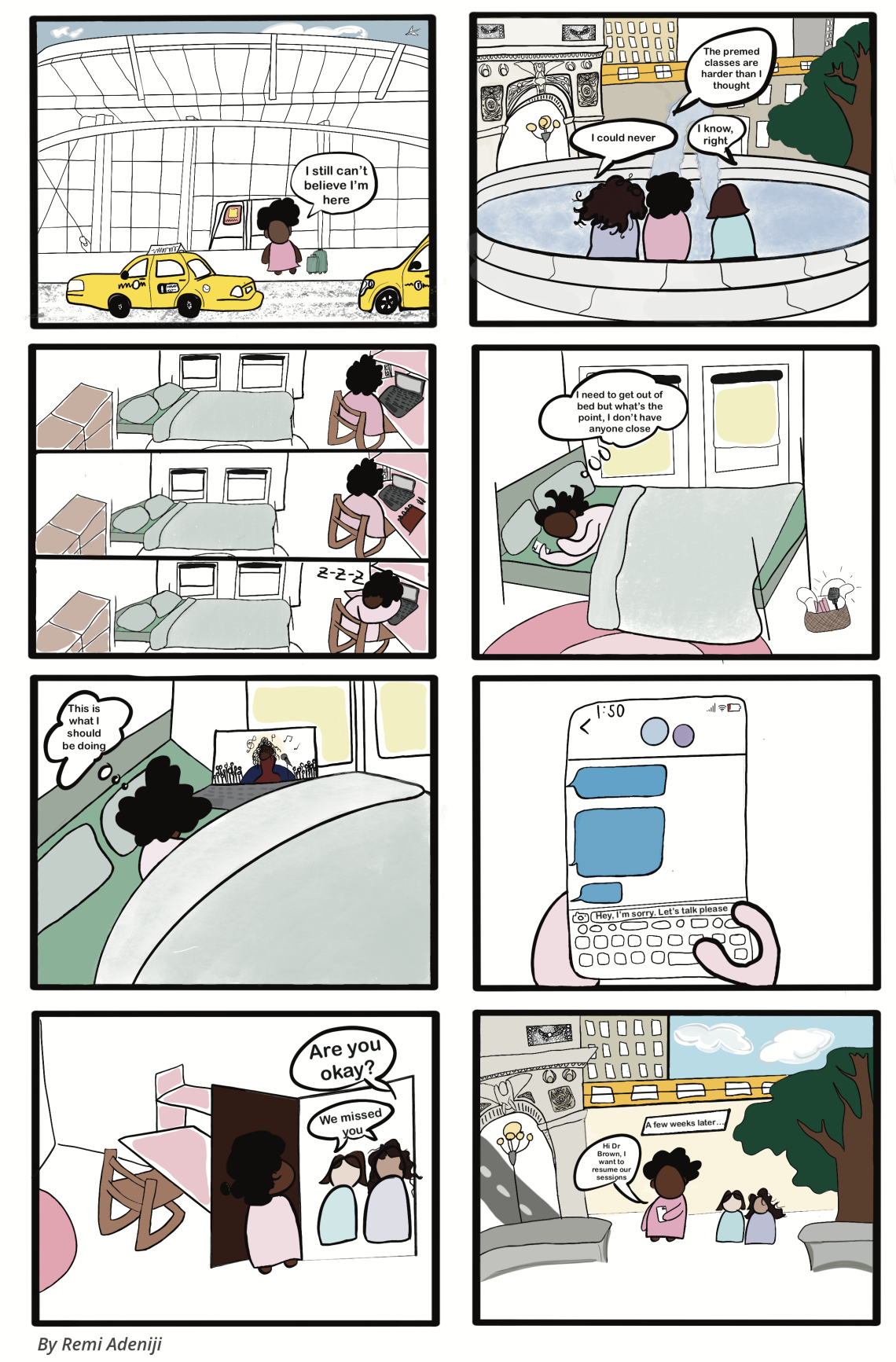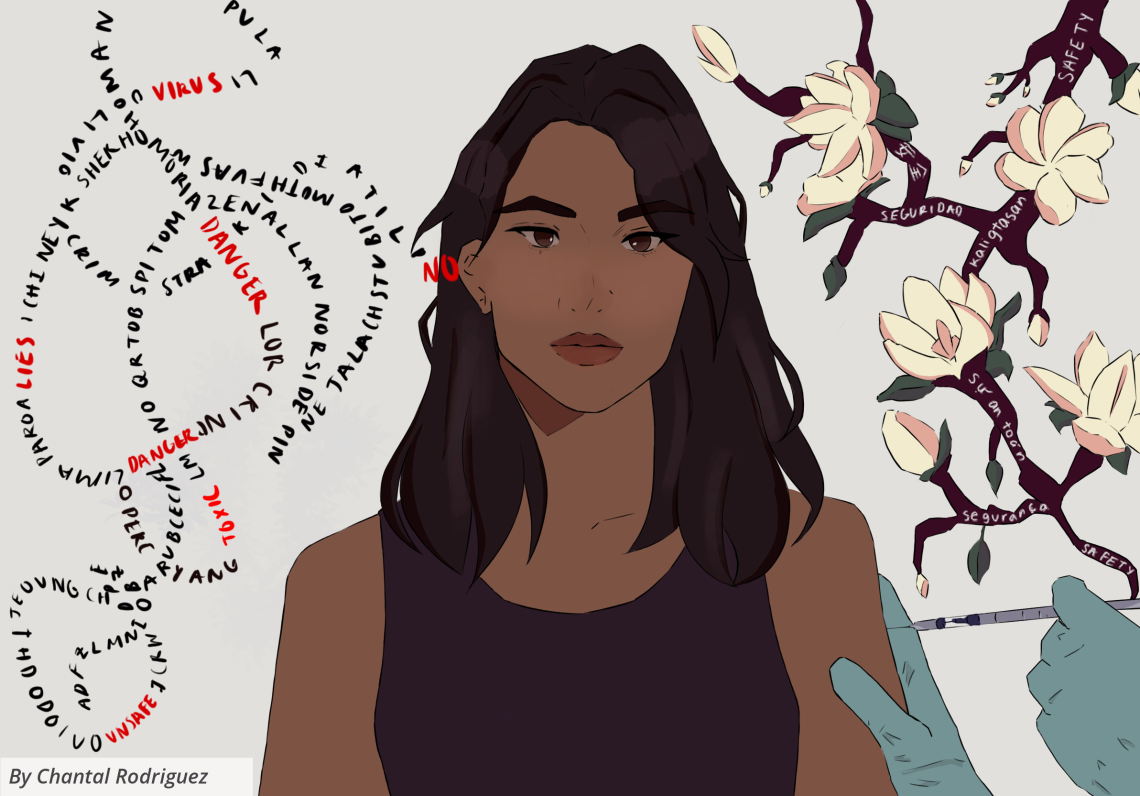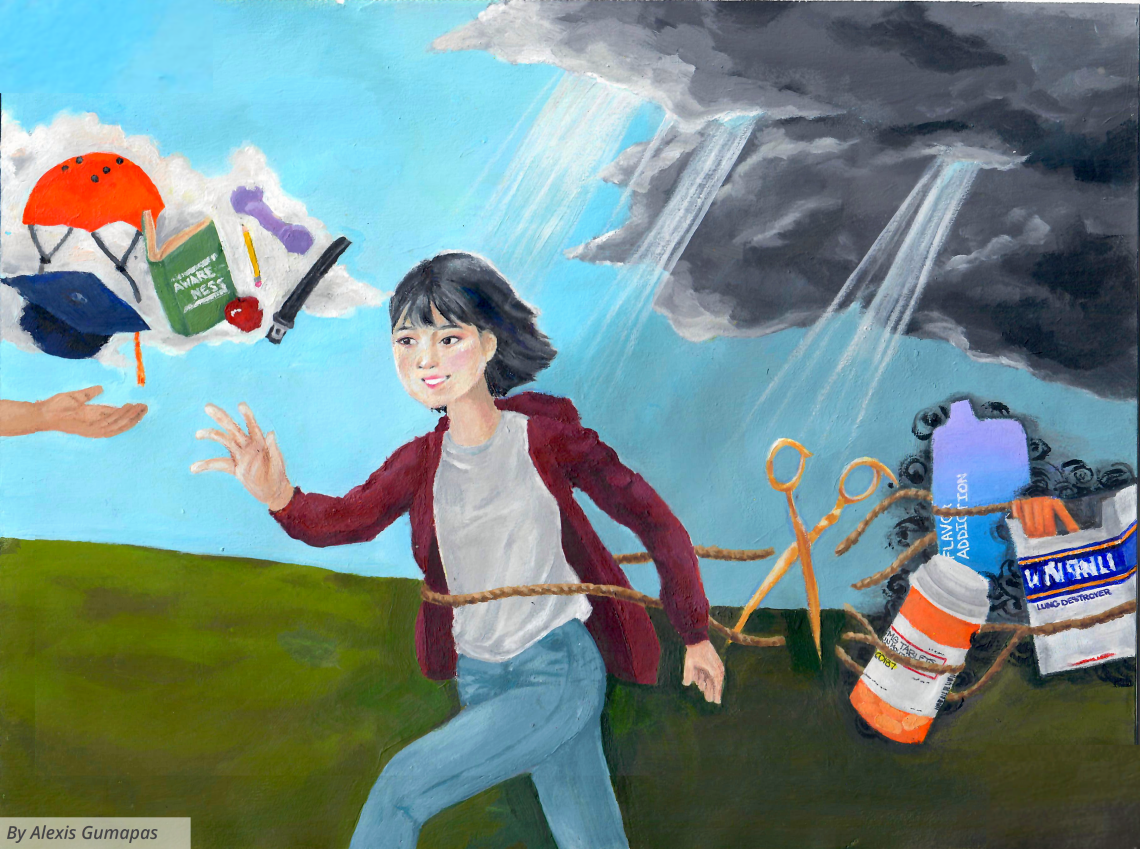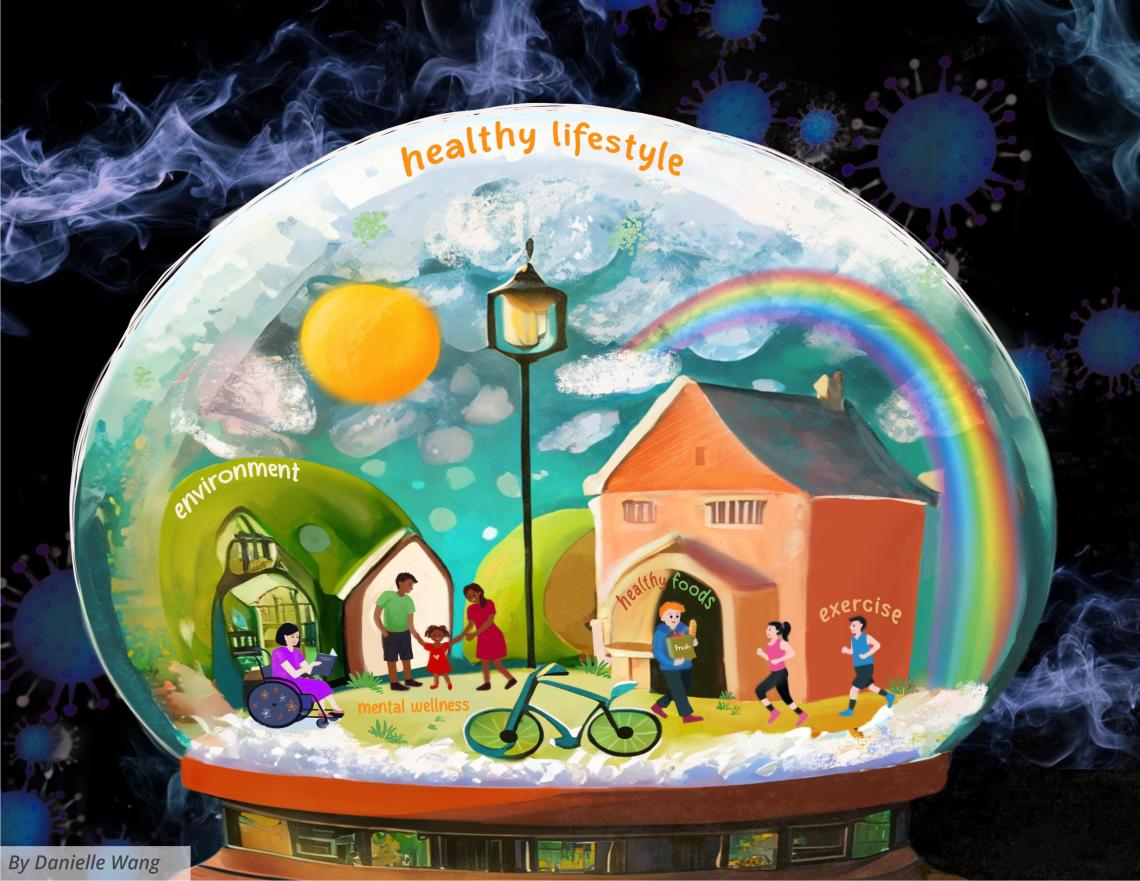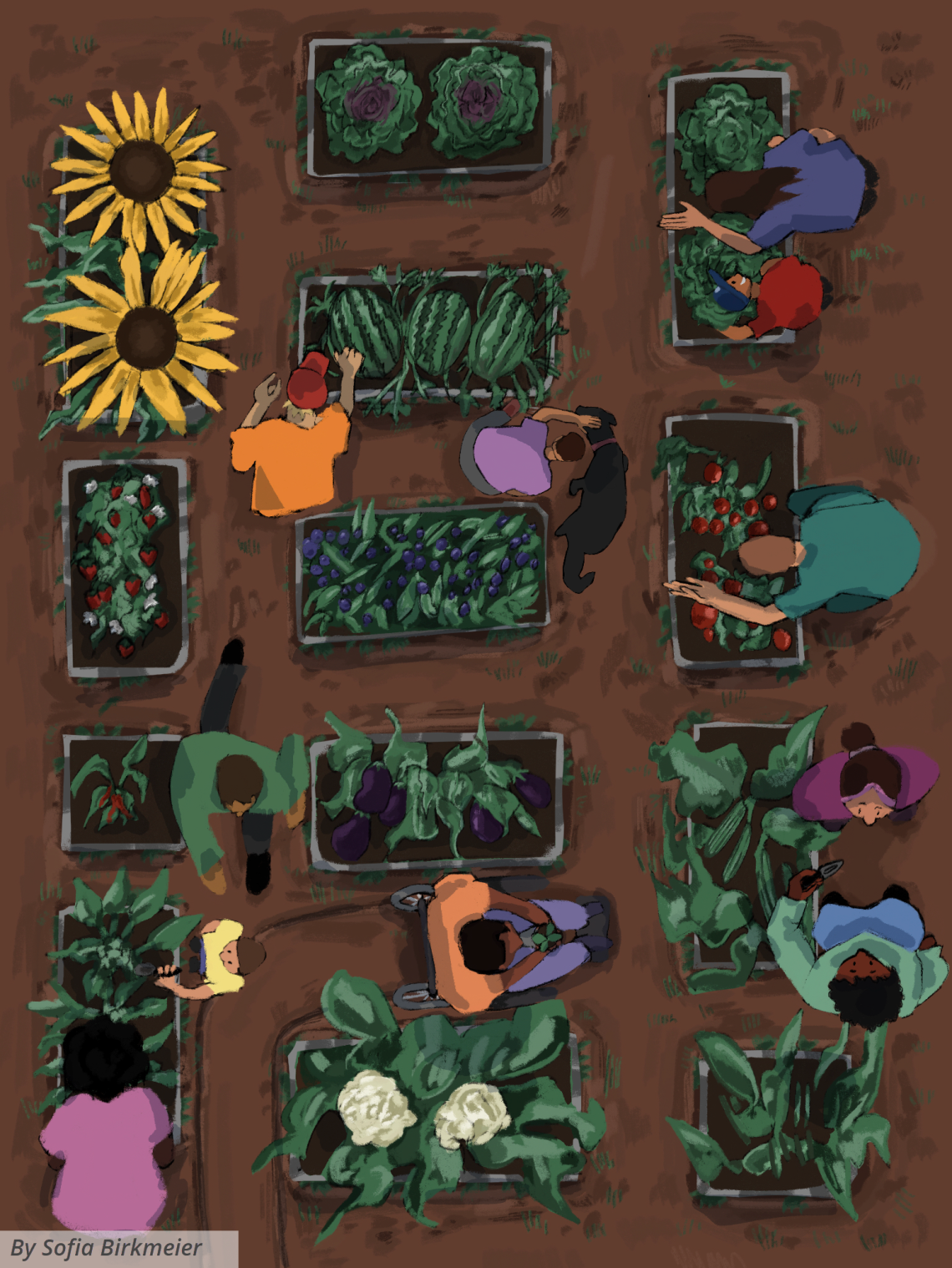This Challenge was open to:
- Teenagers who are 13–17 years of age at the time of submission (Teen category)
- Young adults who are 18–22 years of age at the time of submission (Young Adult category)
Eligibility rules
To be eligible to win a prize under this Challenge, a Participant:
- Shall have registered to participate in the Challenge under the rules promulgated by the National Institutes of Health (NIH) as published in this announcement;
- Shall have complied with all the requirements set forth in this announcement;
- Shall be a citizen or permanent resident of the United States;
- Shall not be a federal entity or federal employee acting within the scope of their employment;
- Shall not be an employee of the Department of Health and Human Services (HHS, or any other component of HHS) acting in their personal capacity;
- Who is employed by a federal agency or entity other than HHS (or any component of HHS), should consult with an agency ethics official to determine whether the federal ethics rules will limit or prohibit the acceptance of a prize under this Challenge;
- Shall not be a judge of the Challenge, or any other party involved with the design, production, execution, or distribution of the Challenge or the immediate family of such a party (i.e., spouse, parent, step-parent, child, or step-child);
- Shall enter the Teen category if they are between the ages of 13 and 17 years old at the time of submission;
- Shall enter the Young Adult category if they are between the ages of 18 and 22 years old at the time of submission.
Participation rules
Participants may not use federal funds from a grant award or cooperative agreement to develop their Challenge submissions or to fund efforts in support of their Challenge submissions.
- Federal contractors may not use federal funds from a contract to develop their Challenge submissions or to fund efforts in support of their Challenge submissions.
- By participating in this Challenge, each Participant agrees to assume any and all risks and waive claims against the federal government and its related entities, except in the case of willful misconduct, for any injury, death, damage, or loss of property, revenue, or profits, whether direct, indirect, or consequential, arising from participation in this Challenge, whether the injury, death, damage, or loss arises through negligence or otherwise.
- Based on the subject matter of the Challenge, the type of work that it will possibly require, as well as an analysis of the likelihood of any claims for death, bodily injury, property damage, or loss potentially resulting from Challenge participation, no Participant participating in the Challenge is required to obtain liability insurance, or demonstrate financial responsibility, or agree to indemnify the federal government against third party claims for damages arising from or related to Challenge activities in order to participate in this Challenge.
- A Participant shall not be deemed ineligible because the Participant used federal facilities or consulted with federal employees during the Challenge if the facilities and employees are made available to all Participants participating in the Challenge on an equitable basis.
- By participating in this Challenge, each Participant warrants that they are sole author or owner of, or has the right to use, any copyrightable works that the submission comprises, that the works are wholly original with the Participant (or is an improved version of an existing work that the Participant has sufficient rights to use and improve), and that the submission does not infringe any copyright or any other rights of any third party of which the Participant is aware.
- By participating in this Challenge, each Participant grants to the NIH an irrevocable, paid-up, royalty-free nonexclusive worldwide license to reproduce, publish, post, link to, share, and display publicly the submission on the web or elsewhere, and a nonexclusive, nontransferable, irrevocable, paid-up license to practice, or have practiced for or on its behalf, the solution throughout the world. Each Participant will retain all other intellectual property rights in their submissions, as applicable. To participate in the Challenge, each Participant must warrant that there are no legal obstacles to providing the above-referenced nonexclusive licenses of the Participant’s rights to the federal government. To receive an award, Participants will not be required to transfer their intellectual property rights to NIH, but Participants must grant to the federal government the nonexclusive licenses recited herein.
- Each Participant agrees to follow all applicable federal, state, and local laws, regulations, and policies.
- Each Participant participating in this Challenge must comply with all terms and conditions of these rules, and participation in this Challenge constitutes each such Participant’s full and unconditional agreement to abide by these rules. Winning is contingent upon fulfilling all requirements herein.
- As a condition for winning a cash prize in this Challenge, each Participant that has been selected as a winner must complete and submit all requested winner verification and payment documents to NIH within 10 business days of formal notification. Failure to return all required verification documents by the date specified in the notification may be a basis for disqualification of a cash prize winning submission.
- Each Participant under 18 years of age at the time of submission MUST have signed permission by a parent or legal guardian to participate in the Challenge. If a Participant under 18 years of age is an emancipated youth, the requirement for parent/legal guardian consent is waived. Emancipated youth (if less than 18 years of age) MUST self-certify their status as an emancipated youth with their submission. If a Participant who is an emancipated youth (under 18 years of age) is selected as a winner, they will need to provide documentation of their status prior to award.
- Each Participant under 18 years of age (and not an emancipated youth) at the time of submission MUST have a parent or legal guardian to accept a cash prize on their behalf if awarded prize funds.
What were the prizes?
Winning entries were awarded $500–$3,500, and the original artwork is featured on ODP's website and social media!
We awarded 10 prizes: 1st, 2nd, and 3rd place for each of the two age categories. Four honorable mentions were awarded $500 each.
Teen category (13–17 years of age at the time of submission)
- 1st place = $3,500
- 2nd place = $2,500
- 3rd place = $1,500
Young Adult category (18–22 years of age at the time of submission)
- 1st place = $3,500
- 2nd place = $2,500
- 3rd place = $1,500
How ODP scored artwork
ODP judges (federal employees with expertise in prevention research and health equity) reviewed all submissions to make sure they followed the rules. Submissions that use copyrighted material without permission or include Personally Identifiable Information (information that can be used to distinguish or trace an individual's identity, such as someone's name, social security number, date or place of birth, contact information, etc.), profanity, or nudity were not reviewed.
We scored each submission using the following criteria:
- Originality and creativity (0–5 points): Is the submission an original work of art? Does it use innovative techniques?
- Quality (0–5 points): Is the artwork well composed/designed (line, balance, color, perspective)?
- Theme (0–10 points): Does the artwork clearly depict the theme of the Challenge?
- Is the artwork relevant to one or more groups who often have worse health than the general population?
- People from certain racial or ethnic groups (Black Americans or African Americans, Hispanics or Latinos, American Indians or Alaska Natives, Asian Americans, and Native Hawaiians and Pacific Islanders)
- People who are lesbian, gay, bisexual, transgender, queer, intersex, or asexual (LGBTQIA)
- People who have lower incomes
- People who live in rural areas
- People who have disabilities
- Does the artwork show how prevention can help people from one or more of these groups from getting sick or injured?
- Impact (0–10): Is the artwork inspiring, compelling, or thought-provoking?
David M. Murray, Ph.D., NIH Associate Director for Prevention, and ODP Director, selected the final awardees.
How was artwork submitted?
First, read the full
Then, follow the step-by-step submission instructions listed below to submit your artwork and the required entry form (PDF) to ODP at ODP-YouthArtChallenge@nih.gov between October 16, 2023, and 11:59 p.m. ET on January 31, 2024.
This information, as well as all instructions and forms for submitting your artwork, is also in the official Challenge announcement and available on Challenge.gov.
Step-by-step submission instructions
Note: Use your first initial and last name when naming the files that you submit for your entry. For example, if your name is Wednesday Addams, you would use “WAddams” in all your file names.
- Complete and sign the required entry form (PDF). You can complete it electronically using software like Acrobat or Acrobat Reader or print a hard copy to complete it by hand.
- Include your contact information.
- Provide a brief title (fewer than 50 characters) for your artwork.
- Provide a caption (fewer than 500 characters) and describe how your artwork shows how prevention can improve health for everyone. (Please note that descriptions for winning artwork may be lightly edited before publication to meet accessibility requirements.)
- Titles and descriptions must be written in English or accompanied by an English translation.
- Sign and date the entry form.
- If you are submitting artwork to the Teen category (for participants who are 13–17 years old at the time of submission), your parent or legal guardian MUST sign and date the entry form to confirm that they understand and accept the Challenge rules and regulations.
- If you are submitting artwork to the Teen category (for participants who are 13–17 years old at the time of submission) and are an emancipated youth, the requirement for parent/legal guardian consent is waived, but you MUST self-certify your emancipated status on the entry form. If your artwork is selected as a winner, you will need to submit PDF documentation of your emancipated status before the award can be made.
- If you printed the entry form and completed it by hand instead of completing it electronically, you can either scan or take a picture of the final document.
- Save your completed and signed entry form using the file name: “Title of Artwork (a shortened version is acceptable)_FirstInitialLastName_Entry Form.”
- Example file name for entry forms: Picturing Better Health for All_WAddams_Entry Form
- Save your artwork using the file name: “Title of Artwork (a shortened version is acceptable)_FirstInitialLastName.” If the artwork itself includes text in a language other than English, an English translation of the text must be provided as a separate document that is attached to your email submission.
- Example file name for artwork: Picturing Better Health for All_WAddams
- Example file name for artwork including language other than English (if applicable): Picturing Better Health for All_WAddams_Translation
- Attach your completed and signed entry form and your artwork to an email and send it to the NIH ODP at ODP-YouthArtChallenge@nih.gov by 11:59 p.m. ET on January 31, 2024. Use the subject line “ODP Art Challenge: [Title of Artwork – a shortened version is acceptable], [Age Category: Teen or Young Adult] – [FirstInitial LastName].”
- Example email subject line: ODP Art Challenge: Picturing Better Health for All, Teen Category – WAddams
Submission requirements
- Only one piece of artwork may be submitted per person.
- All artwork and required forms must be attached to an email and sent to NIH ODP at ODP-YouthArtChallenge@nih.gov by 11:59 p.m. ET on January 31, 2024. Use the subject line “ODP Art Challenge: [Title of Artwork – a shortened version is acceptable], [Age Category: Teen or Young Adult] – [FirstInitial LastName].”
- Example email subject line: ODP Art Challenge: Picturing Better Health for All, Teen Category – WAddams
- Artwork can be saved as a PDF, JPEG, PNG, or TIFF file (minimum 300 pixels per inch and maximum of 10 MB). Use the file name: “Title of Artwork (a shortened version is acceptable)_FirstInitialLastName.”
- Example file name for artwork: Picturing Better Health for All_WAddams
- All participants must submit a completed and signed entry form. Use the file name: “Title of Artwork (a shortened version is acceptable)_FirstInitialLastName_Entry Form.”
- Example file name for entry forms: Picturing Better Health for All_WAddams_Entry Form
- For submissions to the Teen category (participants who are under 18 years old at the time of submission), your entry form MUST also be signed by a parent or legal guardian.
- For participants who are under 18 years old at the time of submission and an emancipated youth: The requirement for parent/legal guardian consent is waived. Emancipated youth who are younger than 18 years old at the time of submission MUST self-certify their emancipated status on the entry form. If a participant who is an emancipated youth (under 18 years of age) is selected as a winner, they will need to provide documentation of their status before the award can be made.
Submissions may be disqualified for:
- Plagiarism: Entries may be screened, using a plagiarism software package, to validate originality of the work
- Falsification of any information submitted
- Use of copyrighted material without permission
- Inclusion of Personally Identifiable Information (information that can be used to distinguish or trace an individual's identity, such as someone's name, social security number, date or place of birth, contact information, etc.), profanity, or nudity
Artwork requirements
- Submissions must be original art, developed for this Challenge, and cannot have been submitted elsewhere.
- Photos, graphics, original drawings, and paintings or other images are allowed. Video or audio recordings are not permitted.
- Note: Winning entries that include identifiable images of people (e.g., picture shows their face or other distinctive features) will need to provide a photo release (PDF) from the person/people in the photo prior to award.
- Artwork may be produced using any medium, including by computer software or application, but the image and text should be clear if the image is printed on an 8 ½″ by 11″ piece of paper.
- Copyrighted materials are not allowed in any submission unless explicit written permission from the copyright holder is provided at time of Challenge submission. Proof of the right to use copyrighted material must be included with your email submission (this can be included as another attachment to your email).
- Artwork must not include profanity or nudity.
- Artwork must not use HHS, NIH, or ODP logos or official seals and must not claim federal government endorsement.
- Titles and descriptions must be submitted in English or accompanied by an English translation.
- If text in a language other than English is included in the artwork itself, an English translation of the text must be provided as a separate document that is attached to your email submission.
- The artwork file must use the following naming convention: “Title of Artwork (a shortened version is acceptable)_FirstInitialLastName.”
- Example file name for artwork: Picturing Better Health for All_WAddams
- Artwork must be submitted as a PDF, JPEG, PNG, or TIFF file and must be at least 300 pixels per inch.
- Artwork files must be no larger than 10 MB.
What were the important dates?
- Submissions Open: October 16, 2023
- Submissions Due: January 31, 2024, at 11:59 p.m. ET
- Judging Period: March 1–April 30, 2024
- Winners Announced: May 2024
Email us at ODP-YouthArtChallenge@nih.gov with any questions about the art challenge or rules and requirements.
